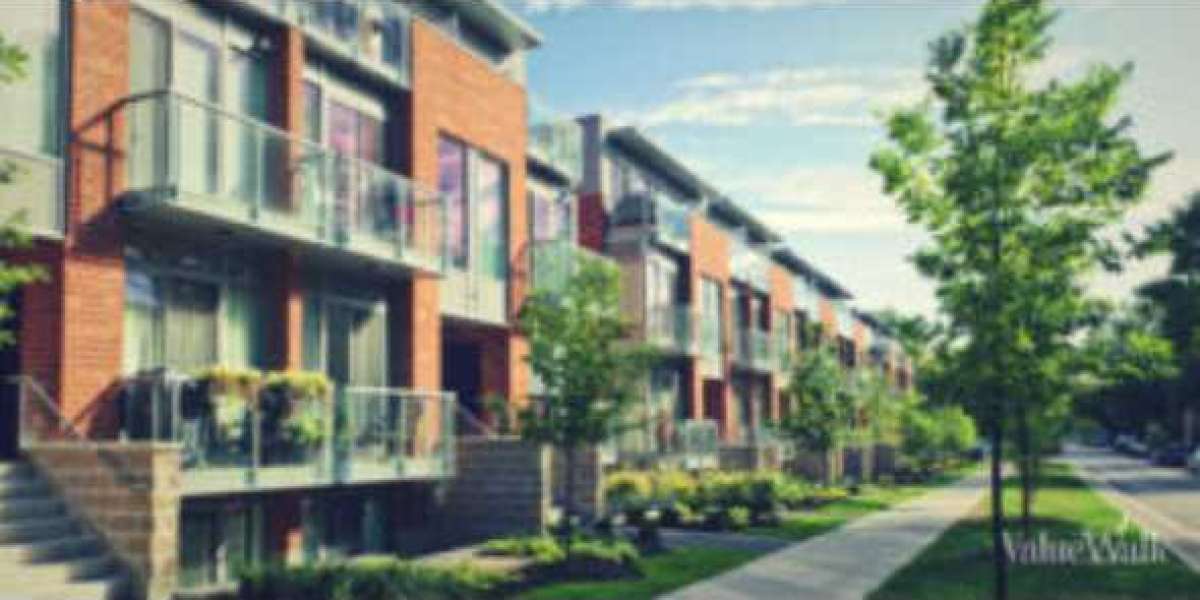According to a new Redfin report, typical first-time buyers must earn 13% more this year than they did last year in order to afford a starter home. In extremely humid markets such as Miami and Fort Lauderdale, this threshold is increased by 25%.
This is so for three reasons.
The mortgage interest rate is at its greatest level in 15 years. Inadequate supply is driving up the price of beginning residences, which is in part due to higher mortgage rates.
ALSO READ:France investigates Binance for alleged money laundering
In the meantime, revenues are barely keeping pace.
Comparing the affordability of housing today to the dreadful early 1980s, when mortgage rates reached a record 18%, is truly astounding.
Today's Housing Affordability Compared to 1970 and 1981
Since the onset of the pandemic, the disparity between incomes and home prices has become a chasm. For the past 50 years, the gap between incomes and home prices has been steadily widening.
In 1970, purchasing a home required the equivalent of 2.7 years of a typical person's income. This had more than quadrupled to 5.8 years by 2020.
In the past two years, the disparity widened by a further one-third. According to the graph below, it now takes over 7.6 years of income to purchase an average property.
Redfin estimates that a buyer of a typical starter property in today's market would be required to make a monthly mortgage payment of $1,610.
That is nearly twice the average payment prior to the pandemic.
In terms of mortgage burden, the median house today is nearly as untenable as it was in 1981, when mortgage rates crested at 18.39%, and is more than three times more expensive than it was in 1970:
ALSO READ:Half-Life Of Bitcoin, A Priori Is Not A Criteria: Coinbase | CoinDesk JAPAN | CoinDesk JAPAN
According to Redfin Senior Economist Sheharyar Bokhari, "many house hunters searching for an affordable place to call home for themselves and/or their family are out of options, particularly in more expensive regions of the country."
Redfin reports that average U.S. salaries are up 4.4% from a year ago and roughly 20% from pre-pandemic levels, which is not enough to offset the increase in monthly mortgage payments.
This means that first-time homebuyers whose budgets are stretched to the limit could easily become "house poor" — the expression for not having enough money to furnish the newly purchased home.
To afford a typical U.S. starter property, a first-time buyer must now earn roughly $64,500.
According to Redfin, these homes are priced in the lowest third of the market. When available, they fetch an average record price of $243,000, an increase of 45% since before the pandemic.
(Redfin calculates the minimum income required for a first-time homebuyer based on the rule of thumb that your mortgage costs should not exceed 30% of your income.)
But Is Affordability Important?
Even if they can afford a starter property, first-time buyers may not be able to locate anything to purchase. Since last year, new listings have decreased by 23%, the largest decline since the beginning of the pandemic.
This is because the majority of current householders have ultra-affordable mortgages; just 18 months ago, a 30-year mortgage could be obtained for about 3.3%.
These individuals do not wish to be compelled to purchase a new home with one of today's more costly mortgages.
The seller may realize a windfall from the transaction, but the majority of the proceeds will go toward paying down the mortgage with a higher interest rate over time.
Therefore, they wait in the hopes that interest rates will decline.
ALSO READ:Ethereum Whales Are Aggressively Buying The Dip
Adding insult to injury for first-time homebuyers, nearly 40 percent of houses on the market are sold to cash purchasers, a luxury most younger buyers cannot afford.
The Advantages Of A Downdraft
First-time consumers are priced out of homeownership, but that does not mean they have no bargaining power.
The housing market is predominantly driven by younger purchasers. Wolf Richter, a financial analyst and newsletter editor for Wolf Street, recently penned:
In fact, the majority of the increase in the overall homeownership rate from 2016 to 2019, and the vast majority of the increase from 2019 to 2022, was driven by individuals under the age of 45.
According to the Census Bureau, the percentage of U.S. citizens under 44 years old who owned homes increased by two percentage points between 2019 and 2022, while homeownership among Americans 45 and older remained largely unchanged.
Now that first-time purchasers are facing the greatest increase in home-purchasing costs on record, it is possible that they will be unable to drive the housing market forward.
On paper, this is a reasonable theory that could eventually disrupt the market. However, despite the headwinds, housing prices remain resilient for the time being.



